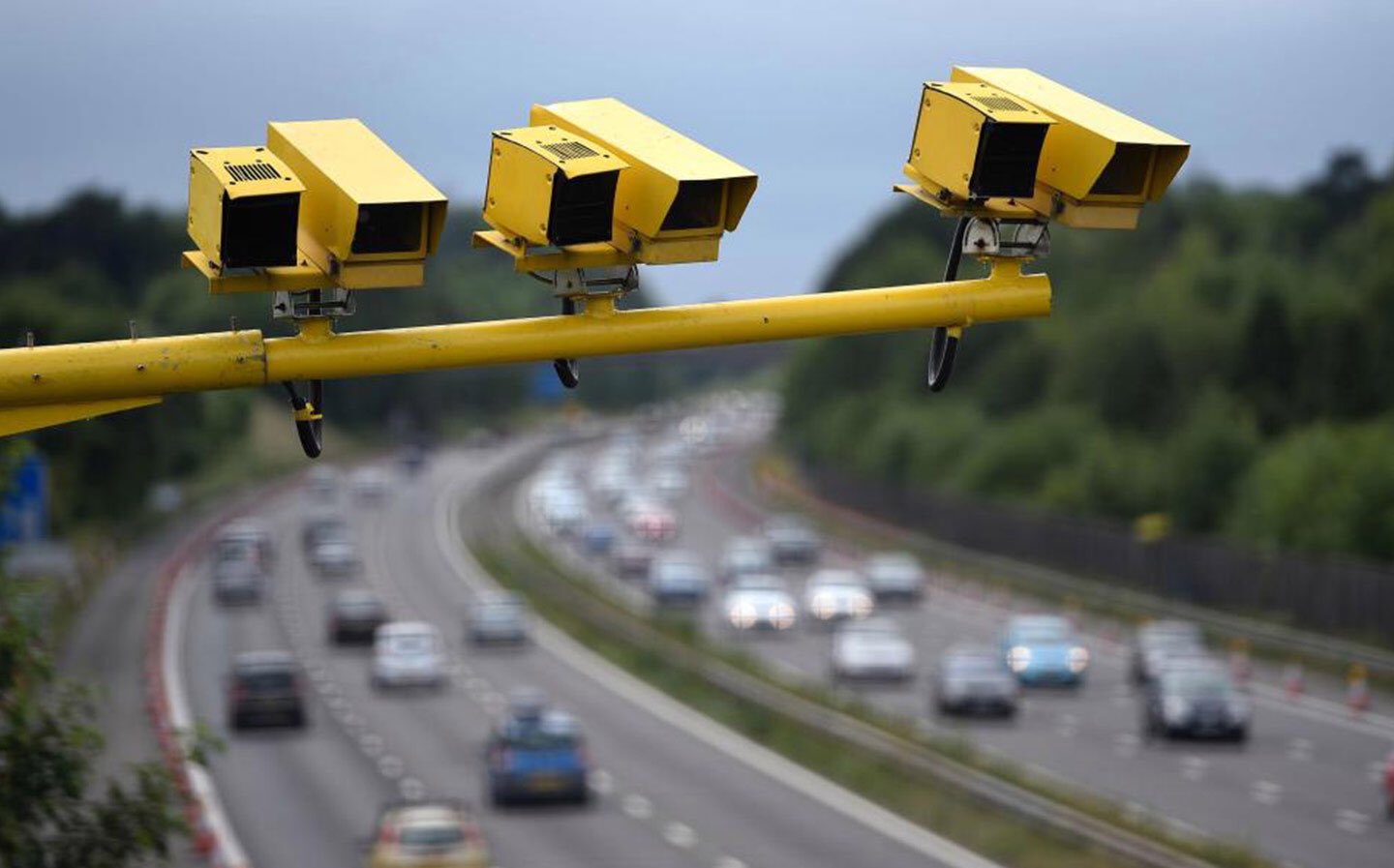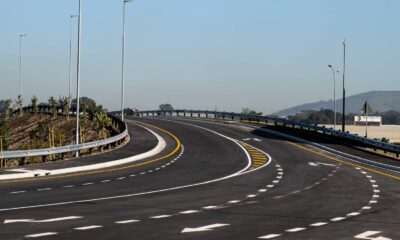News
E-Toll Speed Cameras May Be Useless for Speed Enforcement, Expert Flags “Insurmountable” Issues

E-Toll Gantries Hit a Roadblock: Are Gauteng’s Speed Cameras Just Expensive Decorations?
Expert questions whether the multi-billion-rand system is even capable of enforcing speed limits
When the e-toll system was finally scrapped in 2024, many South Africans hoped the pricey gantries dotting Gauteng’s highways could be salvaged for a useful second life, like tracking stolen cars or catching speedsters. But that hope may be running out of road.
According to driving law expert Rob Handfield-Jones, the system’s technical flaws and outdated software may render it completely unfit for average-speed-over-distance (ASOD) enforcement, despite repeated government assurances to the contrary.
And that’s a problem not just for road safety, but for Gauteng’s finances.
A Billion-Rand Blunder?
The Organisation Undoing Tax Abuse (Outa) estimates that South Africa spent nearly R90 billion on the e-toll system over 24 years. After it was unplugged in May 2024, ownership was handed over to the Gauteng provincial government. Premier Panyaza Lesufi even claimed it would be retooled for CCTV and speed tracking, insisting the system wasn’t a total white elephant.
Yet, more than a year later, the system isn’t issuing fines or catching speedsters. And the silence is becoming deafening.
Sanral recently confirmed the gantries are still recording vehicle data, but only for “road safety purposes,” not speed enforcement.
So what’s the hold-up?
“Not Fit for Purpose,” Says Road Law Expert
Rob Handfield-Jones, managing director of Driving.co.za, believes the gantry network simply wasn’t built for enforcement. In a scathing assessment, he said the e-toll cameras likely face “insurmountable” technical hurdles that prevent them from being used as legal tools to prosecute speedsters.
“There’s a reason Sanral never went after e-toll defaulters in court,” Handfield-Jones said. “The cameras weren’t certified for enforcement for years.”
In fact, back in 2015, the FF Plus filed a formal complaint after discovering the e-toll cameras had not been calibrated or certified as required under the Legal Metrology Act. The National Regulator for Compulsory Specifications confirmed this in writing.
Although the system was eventually brought into line with legal standards, Handfield-Jones says that’s no guarantee the data is reliable.
He cited a high-profile 2014 crash involving a prominent politician’s son, where prosecutors attempted to use gantry data to prove the driver was speeding. The data was a mess, one gantry didn’t log the car at all, and the timing was so off that it collapsed in court.
The driver walked free, and the case became a cautionary tale about relying on flawed digital evidence.
Software Could Be the Missing Link
Even if the cameras are physically sound, the software may be obsolete.
The e-toll system was run by Electronic Toll Collection, a joint venture between Austrian firm Kapsch TrafficCom AG and local partner TMT. Their contract expired in 2024, meaning the province may no longer have access to the original backend systems that made plate recognition and data processing possible.
If Gauteng wants to turn the gantries into legitimate ASOD enforcement tools, it may need new, expensive software — a tough ask for a province still saddled with R20 billion in e-toll-related debt.
And in the meantime? The gantries are functioning more like glorified CCTV towers, plugged into Sanral’s broader traffic monitoring system that already includes over 230 cameras across Gauteng.
Public Reaction: Fatigue and Frustration
On social media, residents have voiced frustration.
“So we paid R90 billion for cameras that can’t even catch a speedster?” one X user asked.
“Why are we always fixing systems after the fact?” posted another.
Public fatigue around e-tolls runs deep. For years, drivers resisted the system en masse, ignoring bills and forcing the government into an embarrassing retreat. Now, the idea that those same gantries may be unusable even for speed tracking feels like salt in the wound.
What Happens Next?
Unless the province invests in a proper overhaul, including new software and certified enforcement-grade equipment the gantries may remain little more than silent sentinels on the highway.
And while Premier Lesufi’s 2024 claims about tracking lost cars and improving law enforcement access sounded promising, the actual technical capabilities remain unproven.
If Handfield-Jones is right, Gauteng may have to write off yet another chapter of the e-toll saga as a failed investment one that burned through billions, caused political fallout, and still left the province with no working speed enforcement system.
It’s a cautionary tale of how bad planning and poor tech integration can turn even the most ambitious public projects into caution signs.
{Source: My Broad Band}
Follow Joburg ETC on Facebook, Twitter , TikTok and Instagram
For more News in Johannesburg, visit joburgetc.com



























